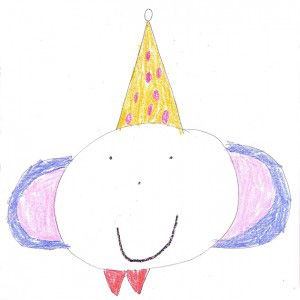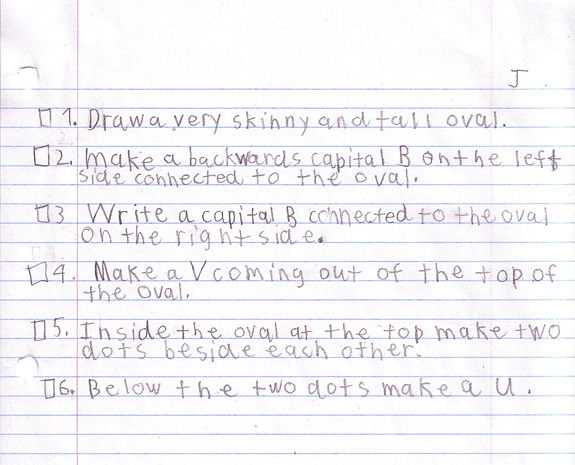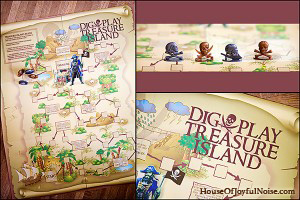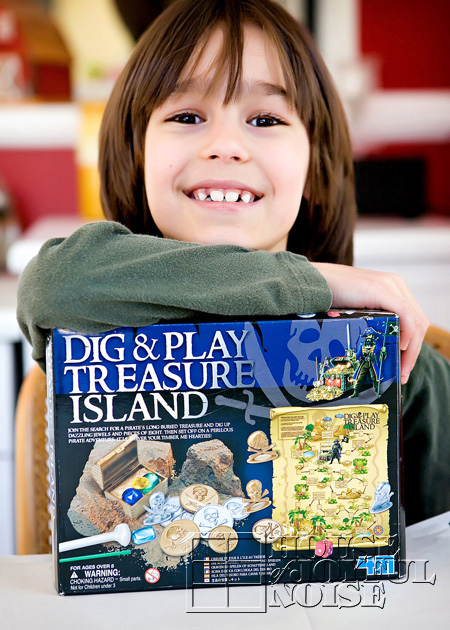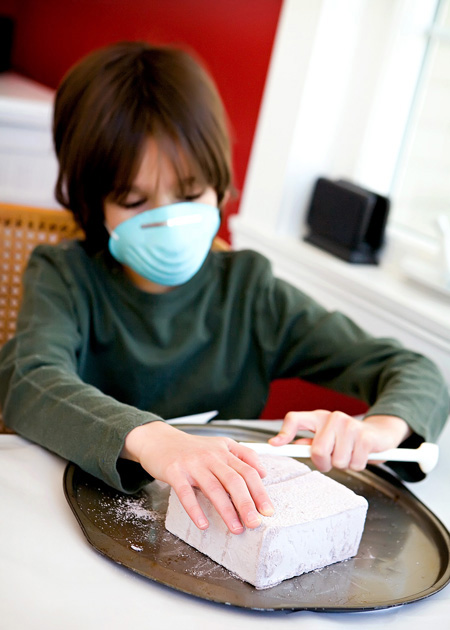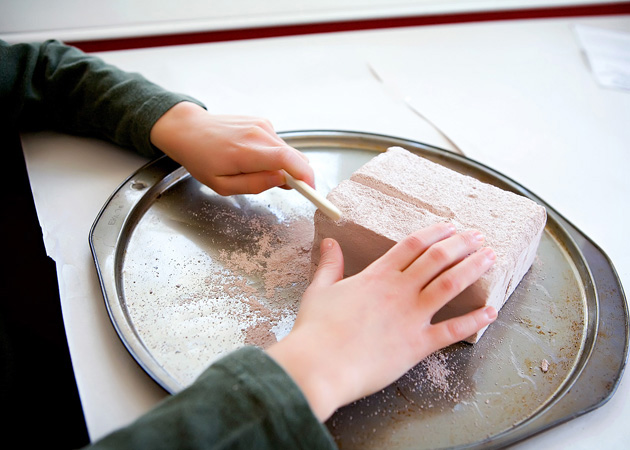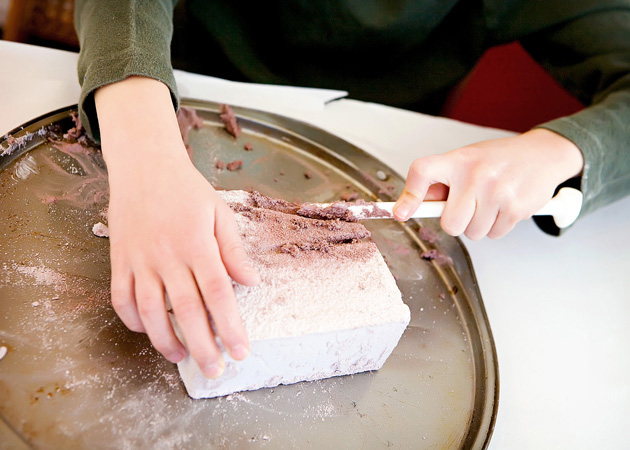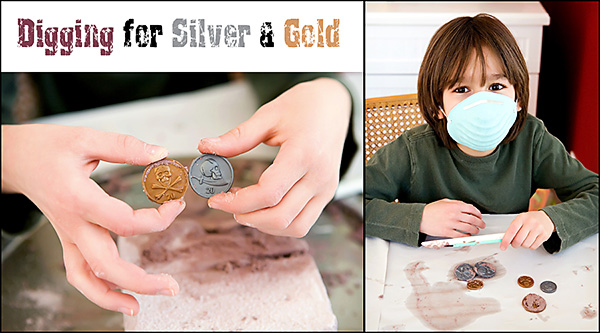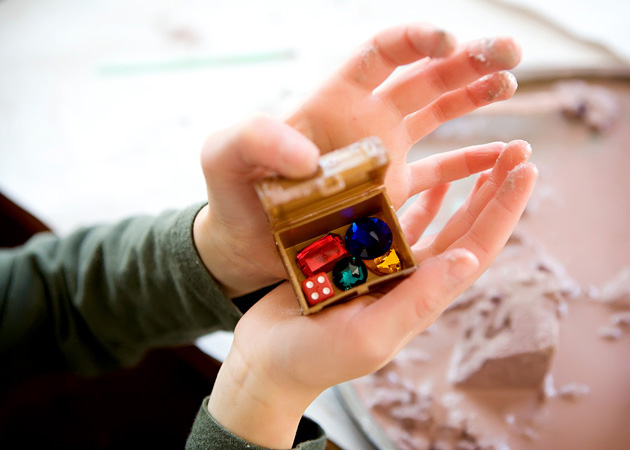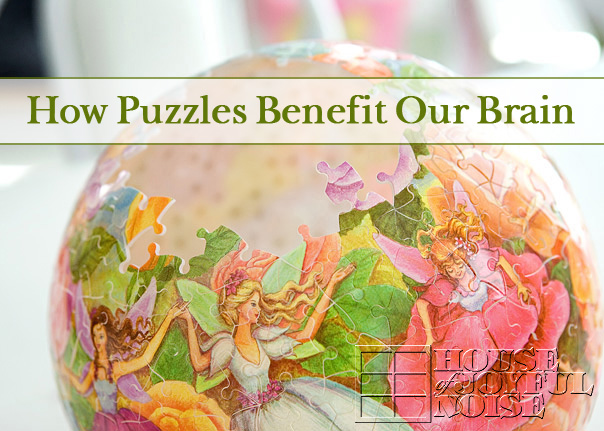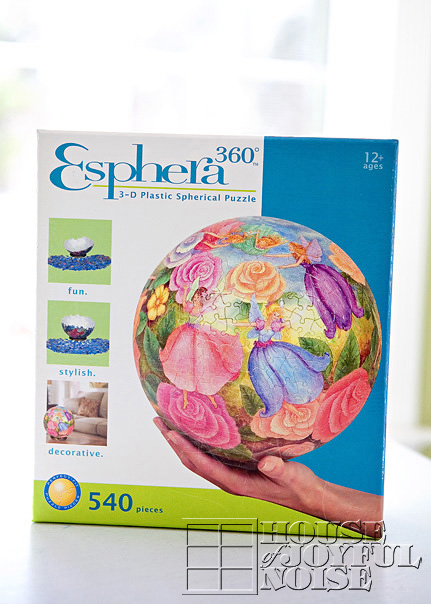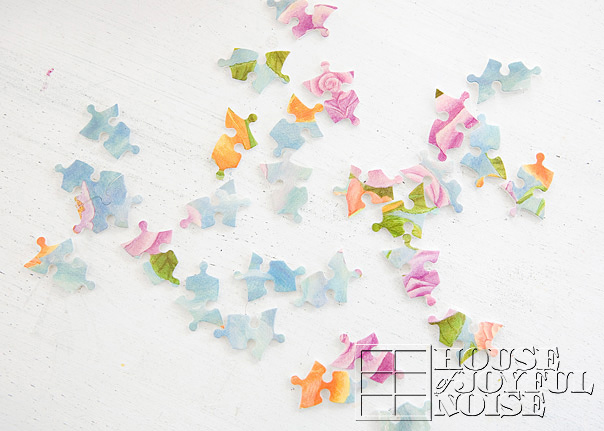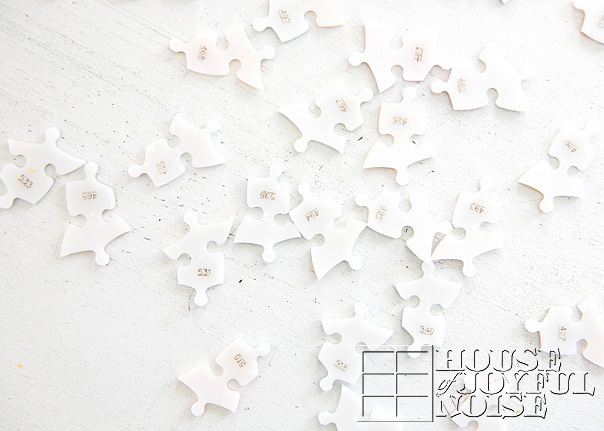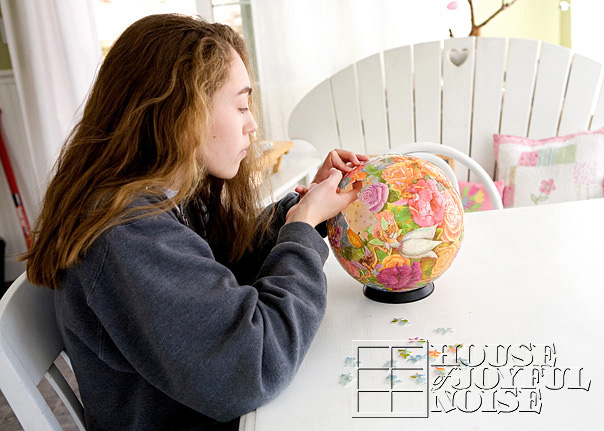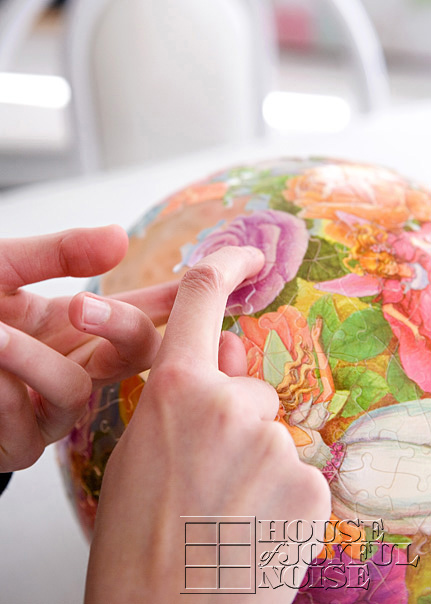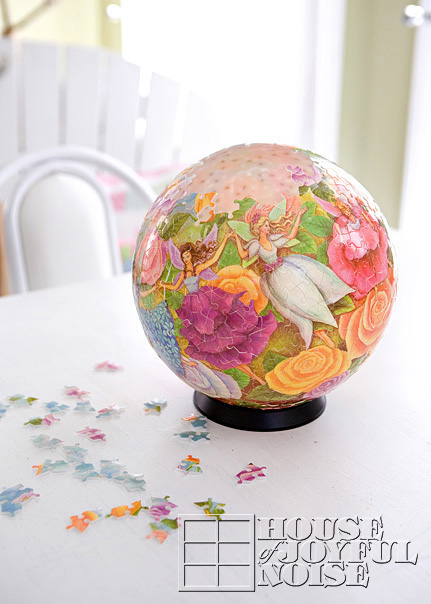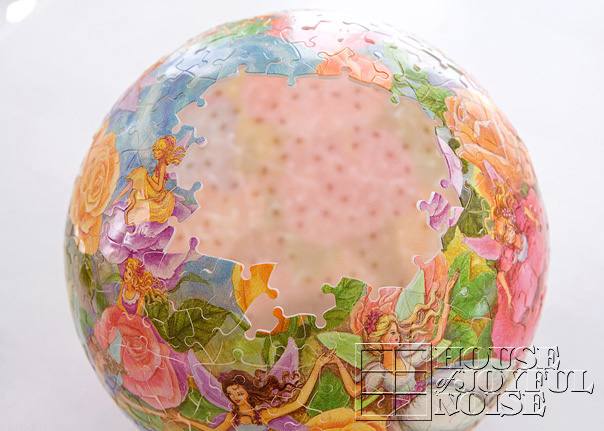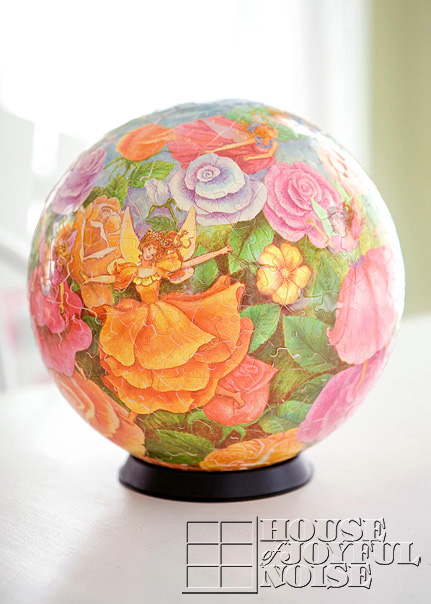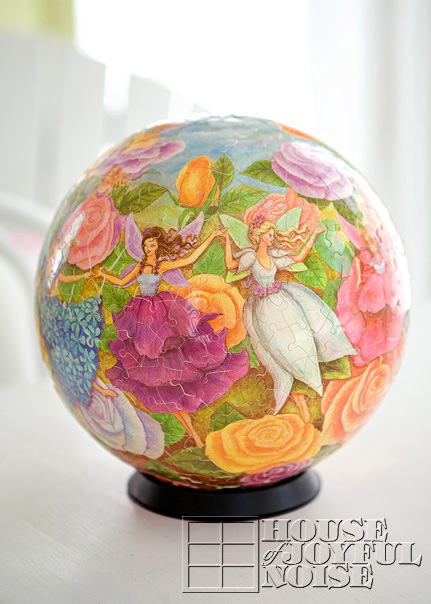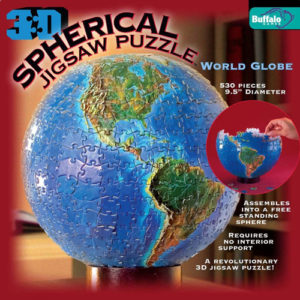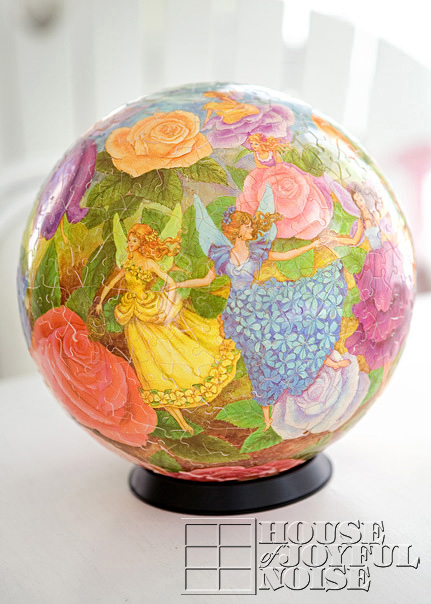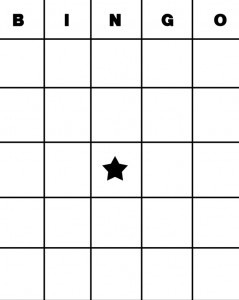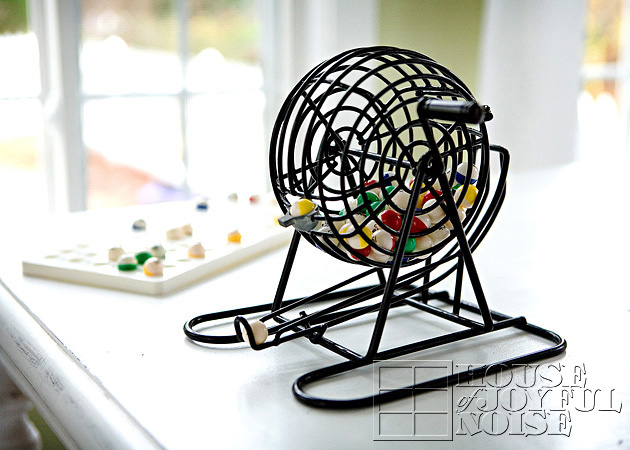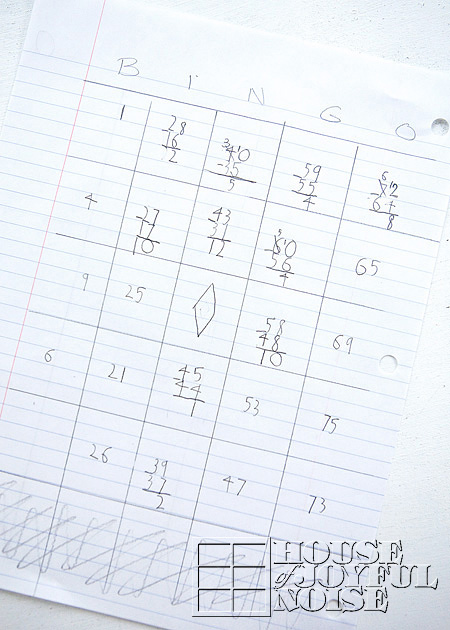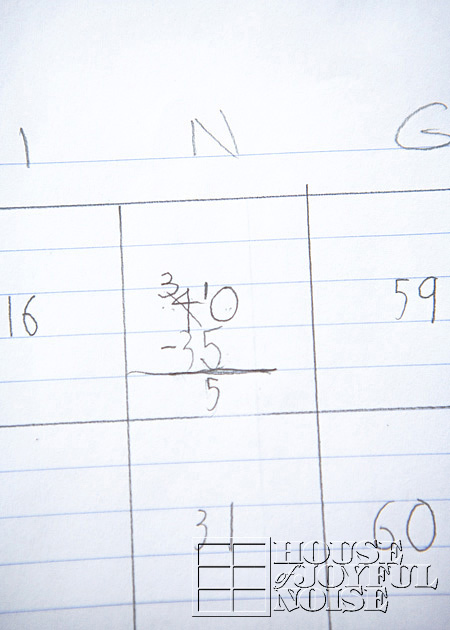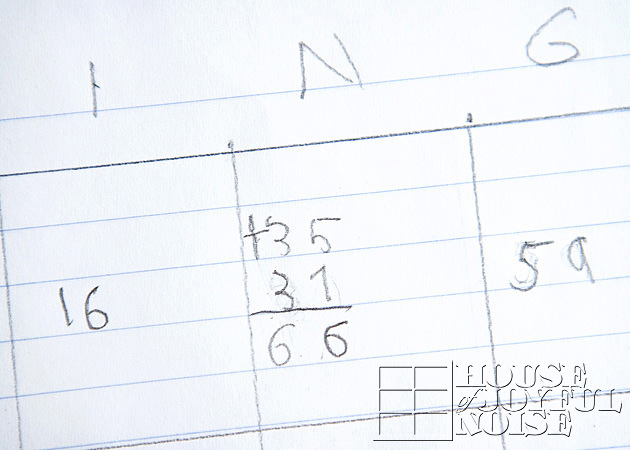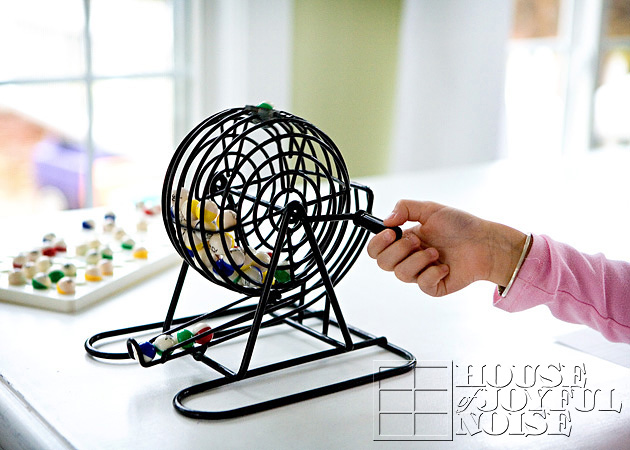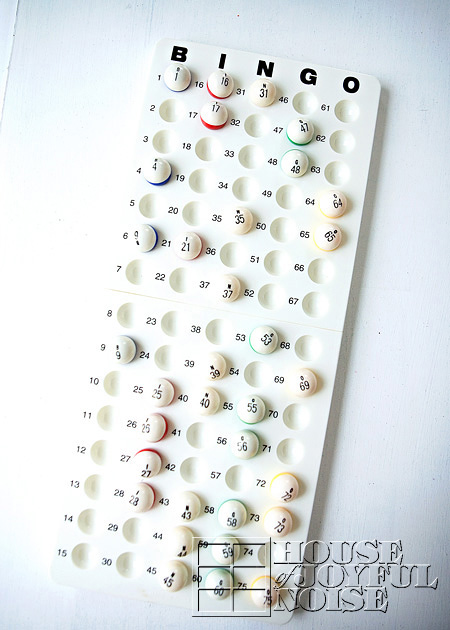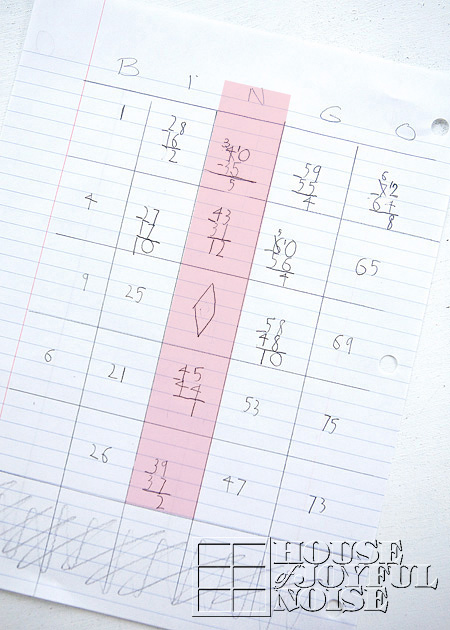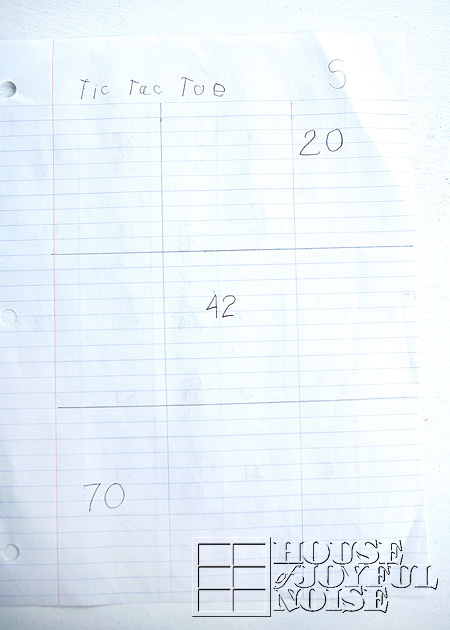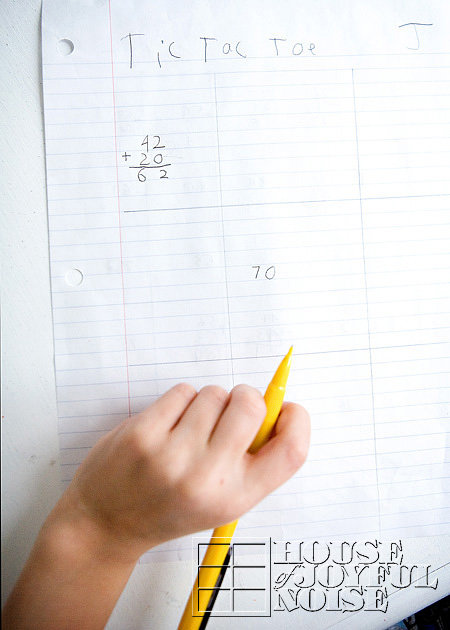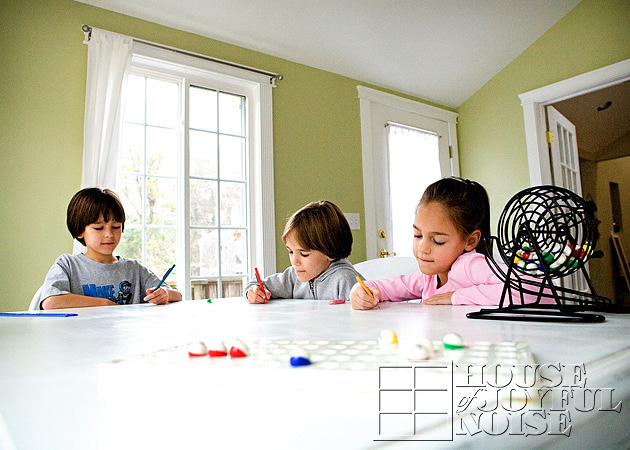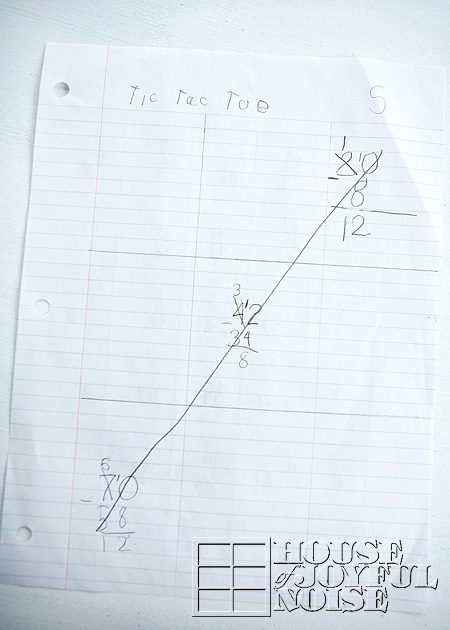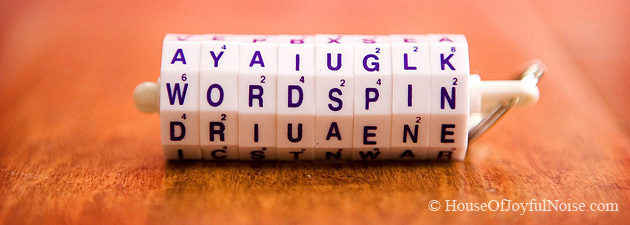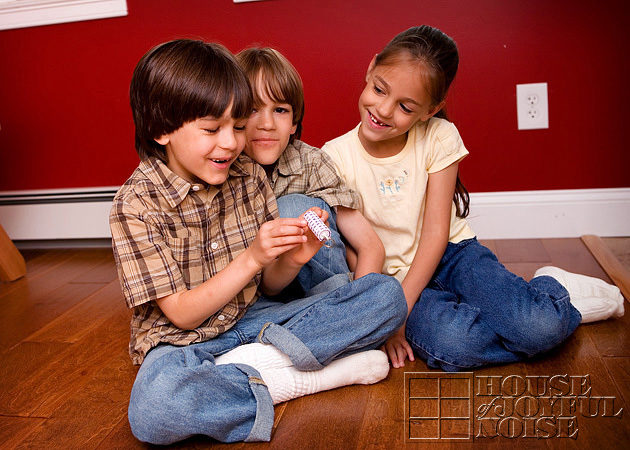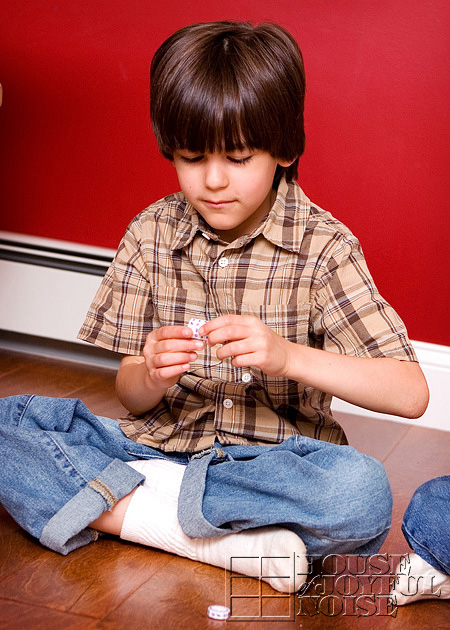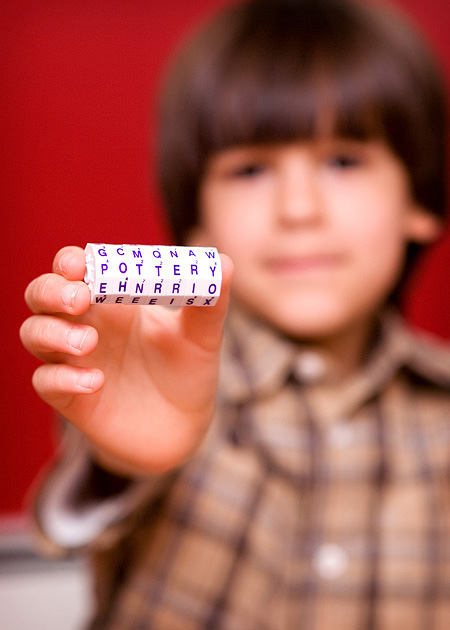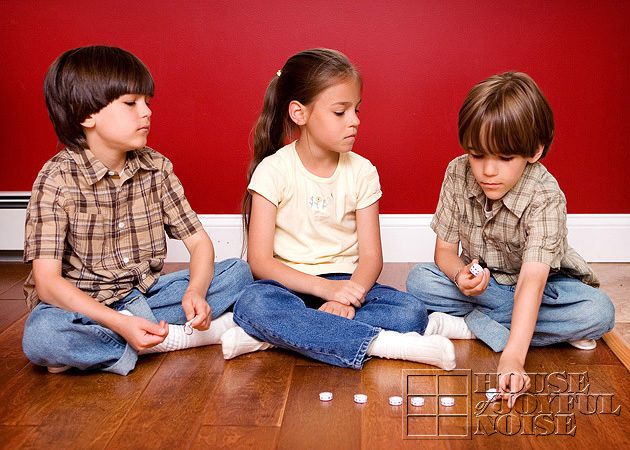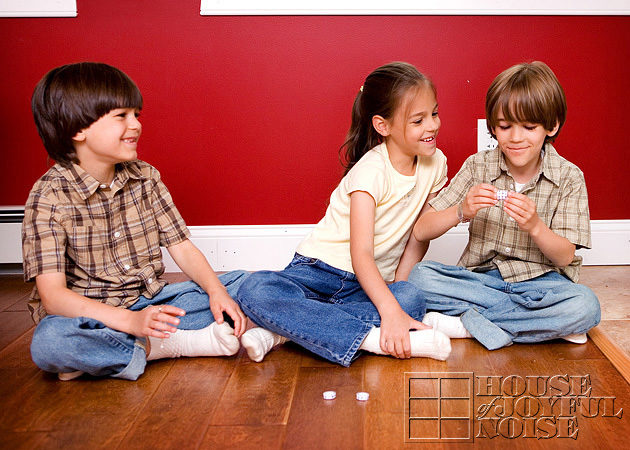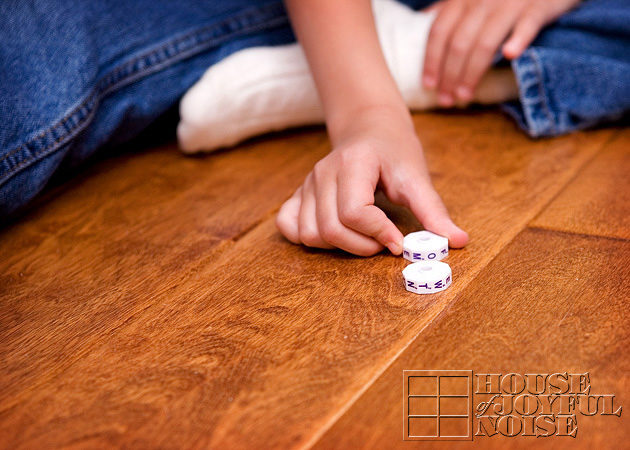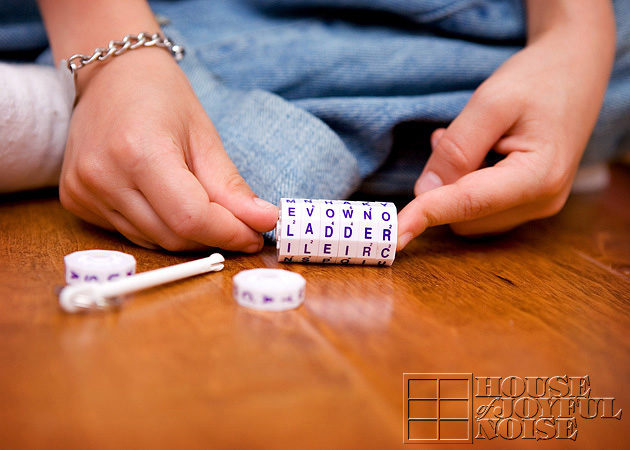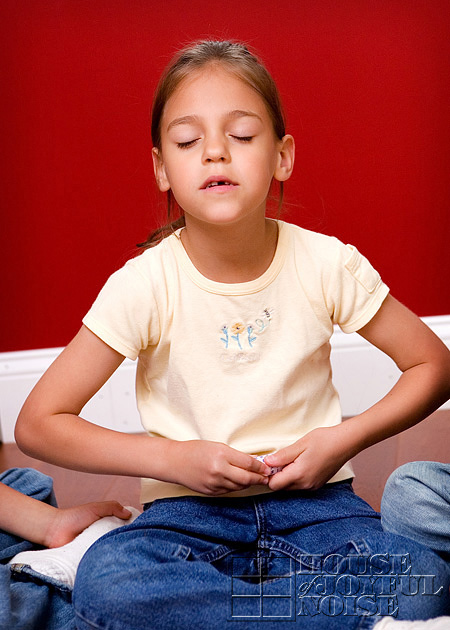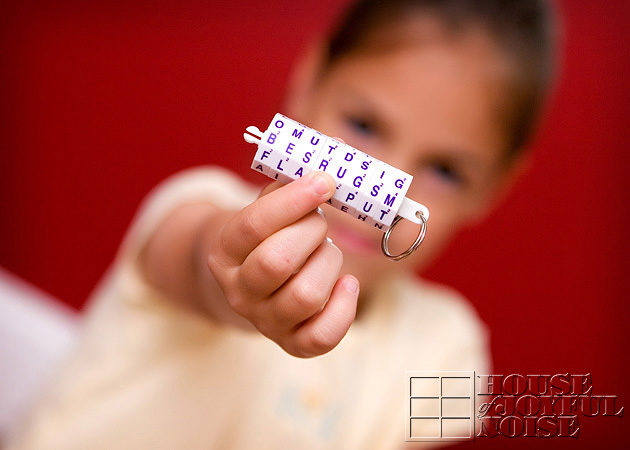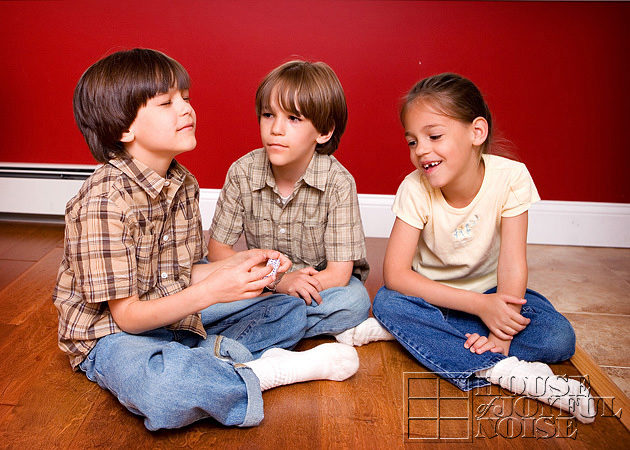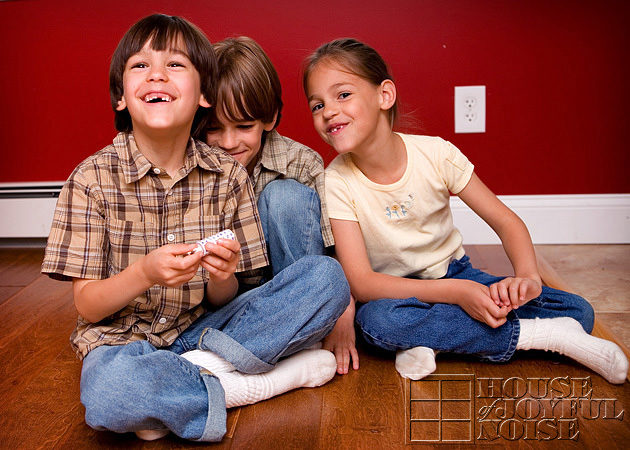
I know I’ve blogged about puzzles before. But, that was puzzles of a different kind. I believe all of the studies, that all puzzles, are just good for our brain – young or old. (People, or puzzles, for that matter.) They can help keep our brain active, quick, and sharp, and God knows I could use all of that. (Ask Him!)
So when a puzzle sort of exercise came up in my triplet 8 year olds’ Language book, we ran with it. Puzzles come in many different forms. Any exercise, of trying to figure something out, can be considered a puzzle, in my book. It’s the search in your head, for a solution – whether it be for a problem in life, a jigsaw, or 17 Across. Regardless, I love puzzles. (OK, I actually do not love the jigsaw kind. They are o.k. on occasion. )
As I was saying…..when a puzzle sort of exercise came up in…..uhhhh, my 3rd grade Language Arts class ( <—solution! ; )… I was thrilled. Because, puzzles are beneficial for the above stated reasons. But these particular kind we came up to in our daily lessons, I saw how they had other benefits to offer, after accessing them. Here’s in what other areas: Comprehension, and following directions, through reading words that direct one’s actions, is pretty important skills for our kids (yours and mine, collectively speaking), to develop. Right? Kids especially, need to have opportunities to develop these skills, to continue succeeding in their advancing education, eventually in the workforce of their choosing (if they want to keep their job), and naturally for everyday occurrences in the process of living. That’s what these exercises, I called puzzles, would help develop. But…..it just-so-happens, they are FUN too! And as I have always said, having fun is always the best way to learn!
So, without too much more chatter, I thought I would share with you first, the two puzzles my three 3rd graders did, show you their results following them, and then welcome you to print them off for your kids to do, if they are in the appropriate age range, and would like to do them, too. (But I have to tell you, I’d enjoy doing them myself. So if you are inclined to print them off for yourself, I won’t tell a soul. ; )
1. Draw a circle.
2. Draw an upside down ice cream cone above and on top of the circle. ·
3. Draw a half circle on each side of the big circle.
4. Draw a U in the big circle.
5. Make two dots over the U.
6. Make one dot lower than the two dots, but above the U.
7. Make a circle on the point of the upside down ice cream cone.
8. Make a W under the big circle.
9. Color your picture!
WHAT AM I?
If directions were followed carefully, the drawing should look something like this:
That is just one of my student’s puzzle solution /drawings, after following the directions. Of course all 3 of them had similar results, with only slight variations. But all were correct in terms of following the directions correctly.
* If you would like to print off the directions to this puzzle, just click on the link above named ‘Puzzle ONE’, or click here. It is a downloadable and printable Word document, if I did it right.
Here’s another:
1. Draw a big circle.
2. On the left top of the circle, draw an upside down V.
3. On the right top of the circle, draw an upside down V.
4. Draw a big W inside the circle, near the bottom.
5. Above the center point of the W, draw an O.
6. Near the left side of the W, draw a V lying on its side with the point of the V toward the W.
7. Near the right side of the W, draw a V lying on it’s side with the point of the V toward the W.
8. Near the middle of the circle, draw two small circles beside each other.
9. Color your picture!
WHAT AM I?
Here’s the results of this puzzle, by one of my student kids:
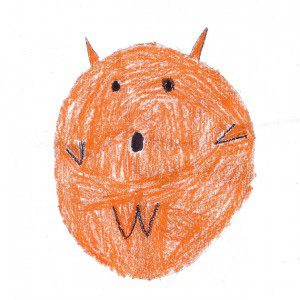
*Again, if you would like to print off the directions to this puzzle, just click on the link above named ‘Puzzle TWO’, or click here. It is a down-loadable and printable Word document, if I did it right.
The kids had such a good time doing these, that I thought I would keep working with these puzzles a little more, but put their own writing skills to use. In fact, I was reversing their role, from puzzle solver, to puzzle creator. I gave them the assignment, of each writing their own puzzle directions. Then later, they would have the opportunity, to solve each other’s puzzles the other 2 had written. They loved the idea, and had a great time doing it!!
SO……I have their puzzles, that they wrote themselves, to offer you too! I am displaying them in this post, (as their handwritten papers, which I scanned) but their titles are down-loadable links for you too! Now this time the downloadable links are PDF documents, and they are just what you see below – handwritten by the kids. Why? Because I totally did not feel like typing them all over. I think they are readable enough for you to figure out, and they have some endearing homemade character. Especially, my spilled coffee stain, on {S}’s paper. ; ) Just keepin’ it real!
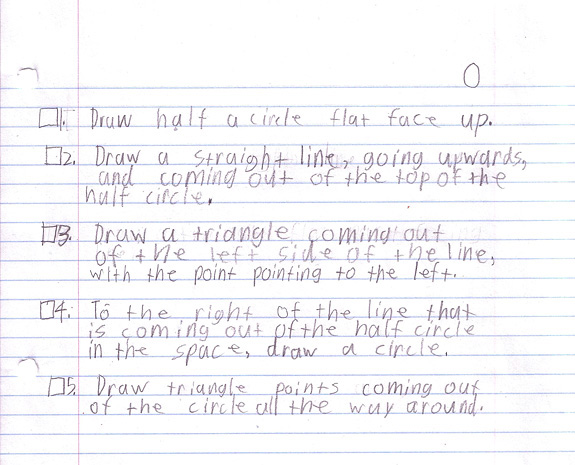 –
–
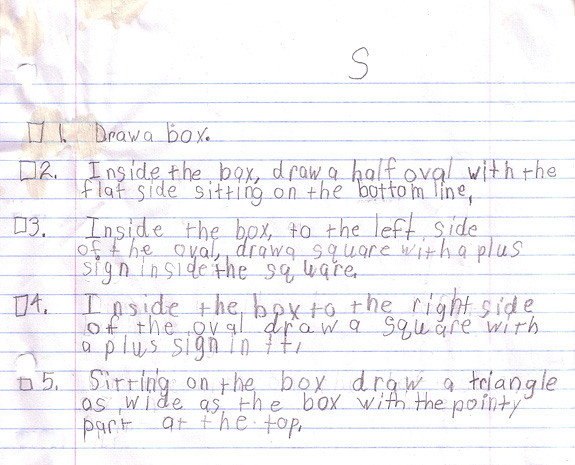
You and/or your kids, may have more fun than you think you will, doing these puzzles. If you do, I will take total credit for that. You may also have less fun, than you think. That will not be my fault. I am easily amused, and often presume everyone is as easily amused as I am. : )
If you do download the kid’s puzzles, or follow them from the computer, YOU KNOW WHAT WOULD BE FUN? (Or, you know, I think it would be…). Letting us know the solution you came up with, for each kid’s puzzle!! What does your drawing look like? Let us know in the comments section below, afterward. Don’t worry. We’ll tell you if you are wrong! ; )
Hope you enjoyed this post! And hope you enjoy the puzzles too!!
Don’t sprain your brain, now! ; )

